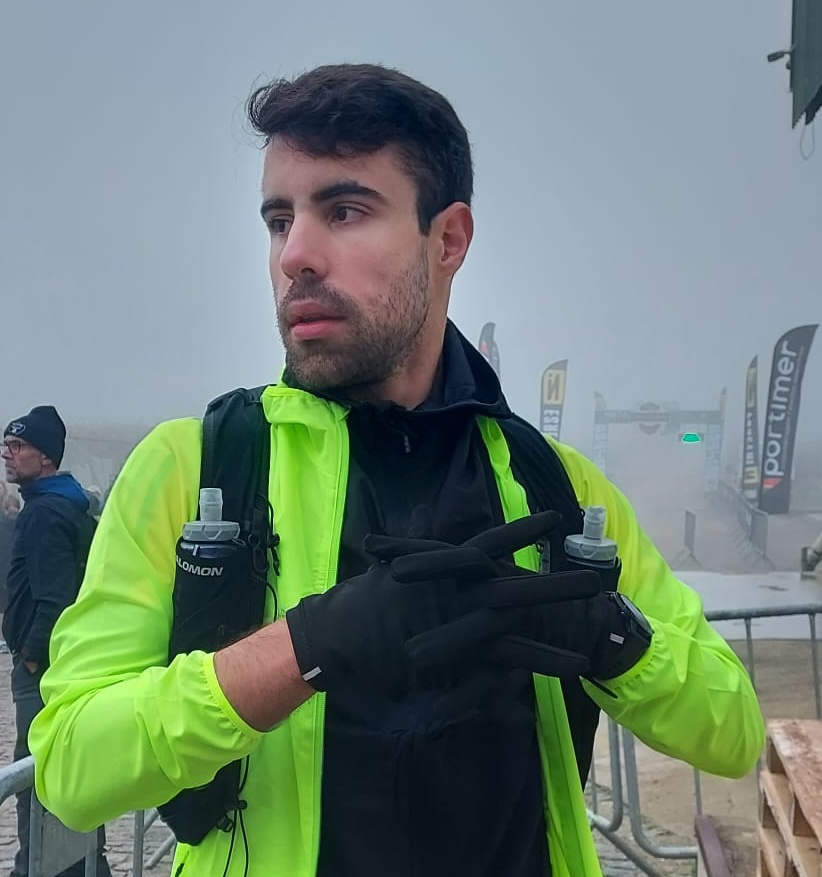CircorDigiscope dataset now available at HuggingFace dataset hub!
Published:
My first task as a PhD. student was to design a new algorithm for heart sound segmentation. My advisor already had a great idea on how we could potentially advance the state-of-the-art. I got the implementation ready rather quickly and it seem to be working correctly using our numerical tests. There was just one important step missing: testing with actual heart sound data.
This was especially important since our lab was involved in collecting a very important new dataset for this purpose, the CirCor DigiScope Dataset. It still is the biggest public dataset with recordings of pediatric heart sounds.
There was just a problem: processing the data was a nightmare. The documentation was quite lengthy, the annotations a bit confusing – the fruits of my labour can still be found on my github. Regardless of the amateurish academic code, I thought making it public was already a mighty effort, since it was also mentioned in our journal publication.
How naive I was as a first year PhD. student. My code required a bunch of dependecies, clearly being very far from a decent plug and play solution. In the best case, only people belonging to the very niche research community of heart sounds would benefit from this implementation.
I stumbled upon a solution to this problem after attending a talk by Nouamane Tazi from HuggingFace at my University. Nouamane was working in foundational models and pointed out that making these data more accessible would probably benefit folks working on training and developing big foundational models.
All fine and dandy. Show me how it works!
Two versions of the same data are available: one with the heart sounds and labels in a raw format, another with our own pre-processing functions. The pre-processed version is heavily inspired on the Matlab code of Springer et al., but it is based on our own python implementation.
The dataset can be viewed and interacted with on my HuggingFace repo here.
I will focus on just loading the data so that you can use it for your own use-cases. If you are interested in a heart sound segmentation example, you can follow our U-Net segmentation tutorial here.
After installing HuggingFace datasets for python, simply run:
from datasets import load_dataset, Audio, DatasetDic
circor = load_dataset('miguellmartins/circor-digiscope-physionet22-processed')
print(circor)
The load_dataset method will download the files stored remotely on HuggingFace hub, and it will return a DatasetDict containing two splits: the original dataset, i.e., the raw sounds without any sort of preprocessing of filter extraction, and the processed split, with specialized filtering, downsampling and feature extraction.
DatasetDict({
original: Dataset({
features: ['filename', 'recording', 'recording_label', 'heart_state_labels'],
num_rows: 3363
})
processed: Dataset({
features: ['filename', 'recording', 'recording_label', 'heart_state_labels'],
num_rows: 3363
})
})
Let us focus on the unprocessed files since this post is targeted at a general audience. You can access each dataset by its key on the DatasetDict
original = circor['original']
print(original)
and we get the set of attributes:
Dataset({
features: ['filename', 'recording', 'recording_label', 'heart_state_labels'],
num_rows: 3363
})
Each feature has the following attributes:
recordingthe waveform of the recording plus recording metadatarecording_labelthe global label of the recording, can be 0 (normal) or 1 (abnormal)heart_state_labelsannotations of the heart state for each sample
One can access the dataset by index, and each of these attributes by name. For instance:
print(original[0]['recording'])
Accesses the recording attribute of the first observation in our dataset. Running the above code yields the following output:
{'path': '13918_AV.wav',
'array': array([-0.0100708 , -0.00579834, -0.00692749, ..., -0.00238037,
0.00396729, 0.00717163]),
'sampling_rate': 4000}
The actual waveform can be acessed using the key array, and sampling_rate yields the acquisition sampling rate in Hertz.
path is a string of the type {PID}_{LOCATION}.{EXTENSION}:
PIDis the patient identifier, this is crucial if you do not want to have patien-wise leakage between your train and validation splits.LOCATIONtells you the anatomical screening location: it can be PV, TV, AV, MV, or Phc.EXTENSIONtell you the file extension where the original recording was stored.
Note that by this stage you are now ready to use the recording data to train your models!
For instance, if you are using PyTorch, the simplest way to go about it is:
ds = original.with_format("torch", device=your_device)
# your pre-preprocessing here...
# model training and validation here...
# ?????
# profit
This about wraps it up from a bird’s eye perpesctive. I do encourage you to into look the original documentation to understand the full picture.
Feel free to reach out with any questions. Note that we only processed the data directly related with heart sound segmentation. If you require the entirity of the metadata per patient, please refer to CirCor DigiScope Dataset’s original website.
